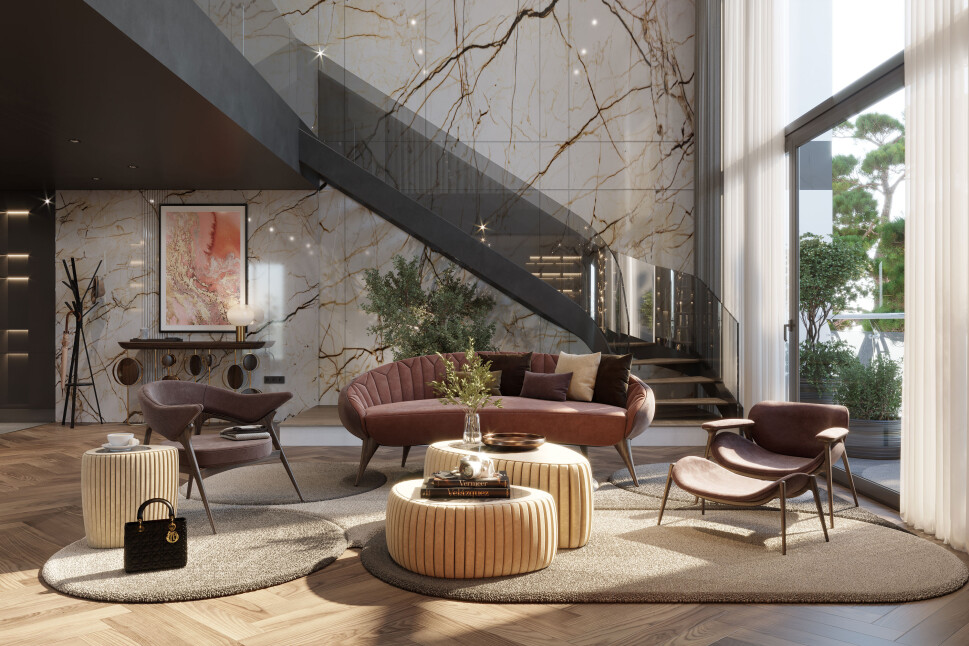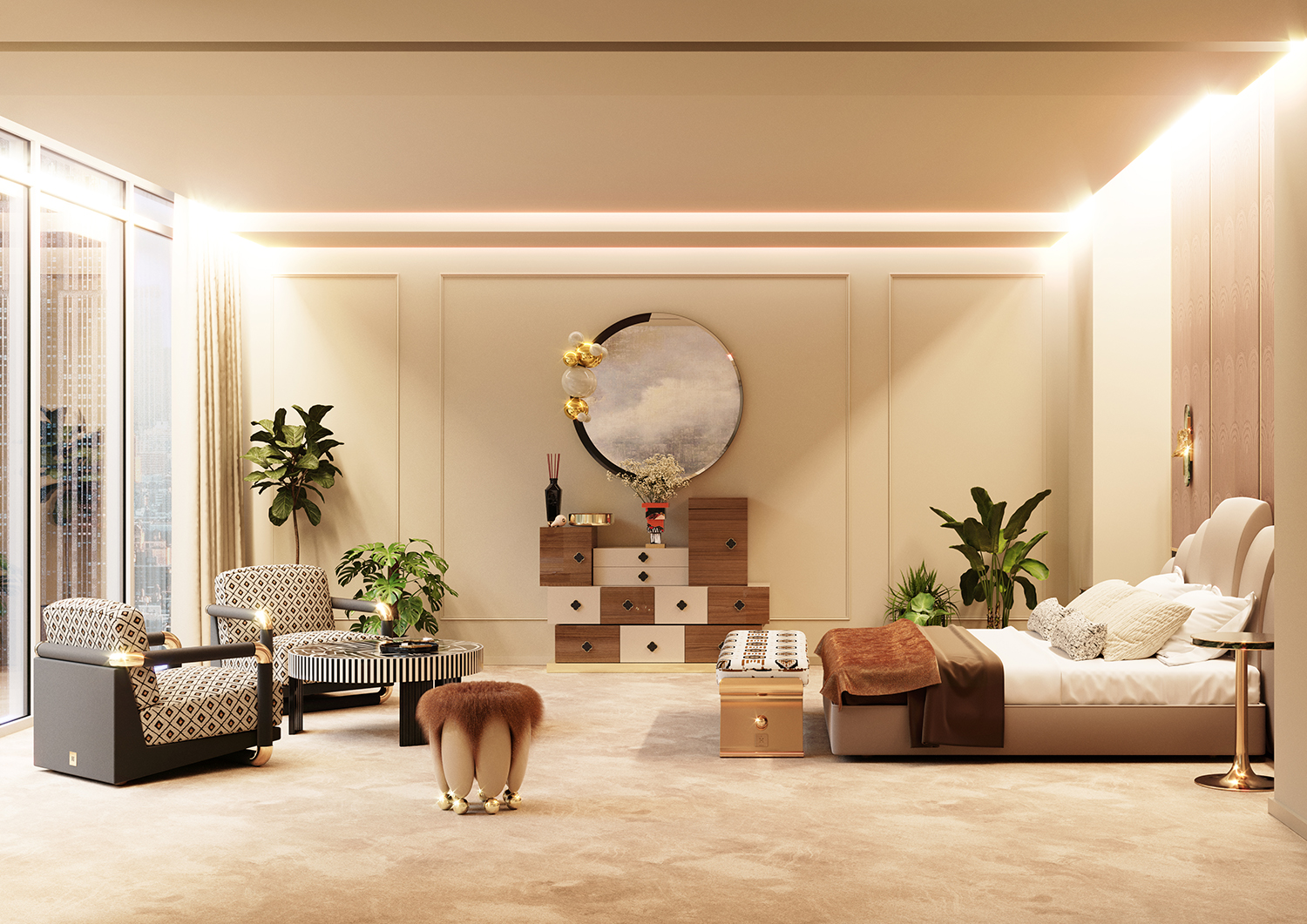Discover Innovative Solutions in Interior Architecture Miami
Discover Innovative Solutions in Interior Architecture Miami
Blog Article
Why Recognizing the Concepts of Interior Decoration Is Necessary for Effective Area Planning
Understanding the concepts of indoor design is fundamental to effective room preparation, as it lays the foundation for developing environments that harmonize performance with aesthetic appeal. Vital elements such as balance, circulation, and percentage are not just attractive factors to consider; they are critical in maximizing just how an area is used.
Value of Area Planning
Room preparation is an essential element of interior decoration that dramatically affects the performance and aesthetics of a room. It entails the calculated plan of furniture, components, and building elements to maximize the usage of offered space while enhancing the total individual experience. Efficient area planning addresses numerous aspects, including flow, access, and the certain needs of the owners.
Among the primary advantages of space preparation is its capability to improve spatial performance. Interior designer Miami. By attentively organizing a layout, developers can guarantee that every location serves a purpose, decreasing mess and promoting a feeling of order. In addition, correct area preparation promotes an unified setting, permitting for seamless activity and communication within a space
Additionally, successful area preparation takes into consideration all-natural light, sightlines, and the partnership between various locations. This holistic technique not only raises the visual appeal however additionally adds to the wellness and performance of the residents. Eventually, a well-executed room plan contributes in developing a balanced and inviting environment, making it crucial for any interior decoration task.
Key Principles of Interior Decoration

One basic principle is equilibrium, which can be balanced, asymmetrical, or radial. In proportion equilibrium creates a feeling of order, while unbalanced balance uses an extra dynamic visual allure. Another vital concept is proportion and scale, making certain that the dimension of furnishings and decor elements associate harmoniously to every various other and the total room.
Shade concept also plays a significant function, impacting state of mind and assumption. Developers make use of color palettes to evoke particular feelings and improve the spatial experience. Furthermore, the concept of rhythm entails developing a feeling of movement through repeating of colors, shapes, or patterns, leading the eye throughout the room.
Last but not least, the concept of focus routes focus to centerpieces, enabling a clear story within the layout. Interior design studio Miami. By adhering to these key principles, interior developers can create environments that not only meet practical demands however additionally reverberate with the owners on an emotional level
Effect On Functionality and Flow

The plan of furnishings, the choice of materials, and the integration of innovation all play critical duties in achieving optimum performance. Positioning seating locations in proximity to work spaces can assist in interaction and collaboration, therefore improving productivity. In addition, making sure that pathways are clear and unobstructed permits reliable motion, reducing blockage and promoting a natural flow throughout the area.
Furthermore, incorporating components such as illumination and shade can additionally aid in marking areas, making it easier for people to navigate their setting. Thoughtful area planning takes into consideration not just the physical elements of design however also just how users engage with their surroundings. Eventually, a concentrate on capability and flow not just improves the customer experience however additionally raises the total effectiveness of the area, developing an environment that satisfies the demands of its occupants while promoting a feeling of consistency and balance.
Enhancing Aesthetics and Mood
3 crucial elements-- lights, appearance, and shade-- play critical functions in enhancing the aesthetic appeals and state of mind of an indoor room. Shade develops the psychological tone; warm hues like reds and oranges evoke energy and warmth, while cooler shades such as blues and environment-friendlies advertise peace and see this site tranquility. Selecting a harmonious color combination can change an area, developing a visually attractive and cohesive atmosphere.
Texture adds depth and interest, contributing to the responsive experience within an area. A mix of structures-- smooth surfaces, luxurious fabrics, and natural materials-- can create visual intrigue and boost convenience. For circumstances, coupling a soft velour couch with a smooth glass coffee table can produce a balanced aesthetic that invites communication.
Illumination, frequently an overlooked component, considerably influences mood. All-natural light fosters an open, airy ambience, while tactically positioned man-made lighting can produce heat and highlight building functions. Dimmer buttons enable convenience, permitting changes to suit numerous activities or times of day.
Integrating these 3 elements thoughtfully not just elevates the visual allure of a space however additionally cultivates an environment that reverberates with its intended purpose, eventually improving the total experience for its occupants.
Practical Applications in Real Life
Using interior decoration principles in actual life calls for published here a thoughtful method that integrates shade, appearance, and lighting into daily rooms. By understanding how these aspects collaborate, people can create environments that are not only visually attractive yet additionally functional and harmonious.
As an example, in a little living location, utilizing a light shade scheme can make the room really feel bigger and extra open. Strategic usage of mirrors can enhance natural light and create an illusion of depth. Incorporating various textures through textiles, such as carpets and paddings, can include heat and rate of interest without frustrating the detects.
Illumination plays a vital function in defining the environment. Layered lighting, consisting of ambient, job, and accent alternatives, permits versatility in mood settings. In an office, as an example, a mix of all-natural light, desk lamps, and decorative components can enhance performance while preserving an inviting ambiance.
Moreover, recognizing spatial partnerships and furnishings plan can lead to improved capability. By sticking to principles such as equilibrium and percentage, one can guarantee that spaces offer their designated purpose while continuing to be cosmetically pleasing. Generally, useful applications of indoor style principles dramatically improve the livability and appeal of any kind of atmosphere.
Conclusion
Finally, comprehending the concepts of interior design is critical for efficient room planning, as it cultivates an from this source equilibrium between performance and aesthetic appeals. By applying crucial ideas such as proportion, shade theory, and circulation, designers can produce environments that improve both usability and visual allure. Eventually, this expertise adds to the growth of spaces that not just fulfill functional demands however additionally elevate the general atmosphere, causing even more efficient and satisfying experiences for customers.
Understanding the concepts of indoor design is essential to reliable room planning, as it lays the groundwork for developing environments that balance performance with visual appeal.Space planning is a basic facet of interior style that substantially affects the functionality and aesthetic appeals of a room. In addition, proper space planning promotes an unified setting, allowing for seamless motion and interaction within an area.
Furthermore, the concept of rhythm entails creating a sense of movement through repetition of shapes, patterns, or colors, guiding the eye throughout the space.
In conclusion, understanding the principles of interior design is essential for effective space planning, as it fosters a balance between functionality and visual appeals.
Report this page